Table of Contents
● Introduction
● Understanding the Main Types and Uses of Yoga Wheels
● Market Trends and Insights: Yoga Wheel in 2025
● Key Factors to Consider When Selecting a Yoga Wheel
● Top Yoga Wheel Models for 2025: Features and Comparisons
● Conclusion
Introduction
Yoga wheels have gained significant attention in recent years for their versatility in supporting fitness and wellness routines. These simple yet effective tools are designed to enhance flexibility, improve posture, and provide relief from back pain. With their increasing popularity, more individuals and professionals are incorporating yoga wheels into their practices, recognizing their ability to aid in spinal alignment and deepen stretches. For those involved in sourcing fitness equipment, understanding the benefits and key features of a yoga wheel is crucial for offering products that meet the evolving needs of users in 2025. Whether for personal use or studio settings, selecting the right yoga wheel ensures comfort, safety, and optimal results.
Understanding the Main Types and Uses of Yoga Wheels
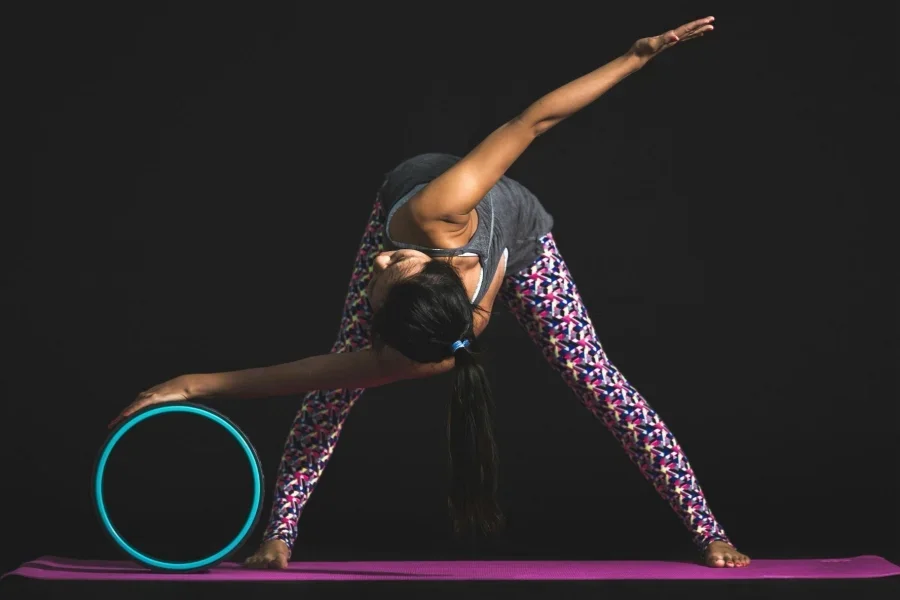
Overview of common types of yoga wheels
Yoga wheels come in various sizes and designs to suit different needs. The standard yoga wheel, typically 12 to 13 inches in diameter, is versatile and ideal for a wide range of yoga practices, offering stability for both beginners and experienced users. Mini yoga wheels, around 6 inches in diameter, are compact and portable, perfect for targeting smaller muscle groups and building core strength. On the other hand, therapeutic yoga wheels, usually 13 to 15 inches, feature softer materials for added comfort and support, making them a great choice for those with injuries or chronic pain. Each type offers unique benefits, enhancing flexibility, spinal health, and overall practice.
Primary functions of yoga wheels: improving flexibility and spinal health
Yoga wheels are effective tools for enhancing flexibility and spinal health. They allow practitioners to deepen stretches, particularly in the chest, spine, hips, and hamstrings, helping to increase the range of motion and improve flexibility. By providing support during backbends, the wheel opens up the upper body and relieves tightness caused by poor posture or prolonged sitting. Additionally, yoga wheels promote spinal health by gently stretching the vertebrae, alleviating pressure on the back, and improving alignment. Regular use can help release tension and reduce the risk of long-term spinal issues, making them valuable for those with chronic pain or recovering from injuries.
Market Trends and Insights: Yoga Wheel in 2025
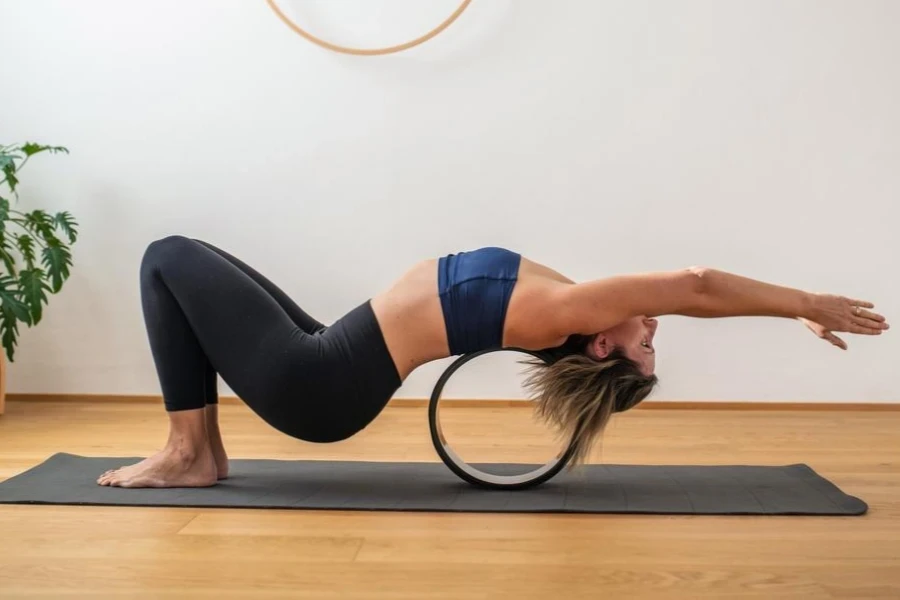
Growth of the yoga wheel market and consumer interest
The market for yoga wheels has experienced significant growth, driven by increasing consumer interest in holistic fitness and wellness products. Yoga enthusiasts and health-conscious individuals alike have discovered the wide-ranging benefits of incorporating yoga wheels into their practice. With more people prioritizing self-care and flexibility training, the demand for yoga wheels has surged, particularly in regions with high fitness engagement, such as North America and Europe. Yoga wheels, once a niche accessory, are now becoming a staple in both personal practice and group yoga classes. This trend is fueled by the growing awareness of the importance of spinal health, flexibility, and mobility, as well as the increased interest in injury prevention and recovery tools.
As yoga practitioners seek tools that can enhance their practice and offer more personalized benefits, the popularity of yoga wheels is expected to continue rising in 2025. This expansion can be attributed not only to the increasing number of yoga practitioners but also to the broader wellness trends that emphasize physical and mental well-being. As such, many consumers are looking for multifunctional products, with yoga wheels being marketed as versatile tools for stretching, strengthening, and rehabilitation. The growing interest in eco-friendly and sustainable products has also influenced consumer purchasing choices, with many opting for yoga wheels made from biodegradable, non-toxic materials.
Statistical insights on popular features and preferences
Statistical data indicates that consumers are increasingly prioritizing specific features when choosing a yoga wheel, reflecting broader trends in consumer preferences for comfort, safety, and versatility. According to recent surveys, the majority of buyers prefer yoga wheels with extra cushioning, especially those designed for backbends and spinal stretches. In fact, over 60% of consumers report that comfort and padding are among the top deciding factors when selecting a yoga wheel, highlighting the importance of ergonomic design. Furthermore, many users are opting for larger diameter wheels (up to 12 inches) as they provide more stability and can support a wider range of poses. These features are especially appealing to beginners who require more stability and cushioning during their practice.
Additionally, consumers are showing a growing preference for eco-friendly materials. Recent trends suggest that yoga practitioners are increasingly choosing products made from sustainable materials, such as natural cork, bamboo, and recyclable plastic. Almost 40% of consumers say that they would be willing to pay a premium for eco-friendly yoga wheels. This indicates a shift toward a more environmentally conscious consumer base, one that is not only focused on the performance and quality of their equipment but also on its environmental impact. Such statistics emphasize that manufacturers who invest in durable, sustainable, and comfortable yoga wheels are more likely to attract a broader and more loyal customer base.
Key Factors to Consider When Selecting a Yoga Wheel
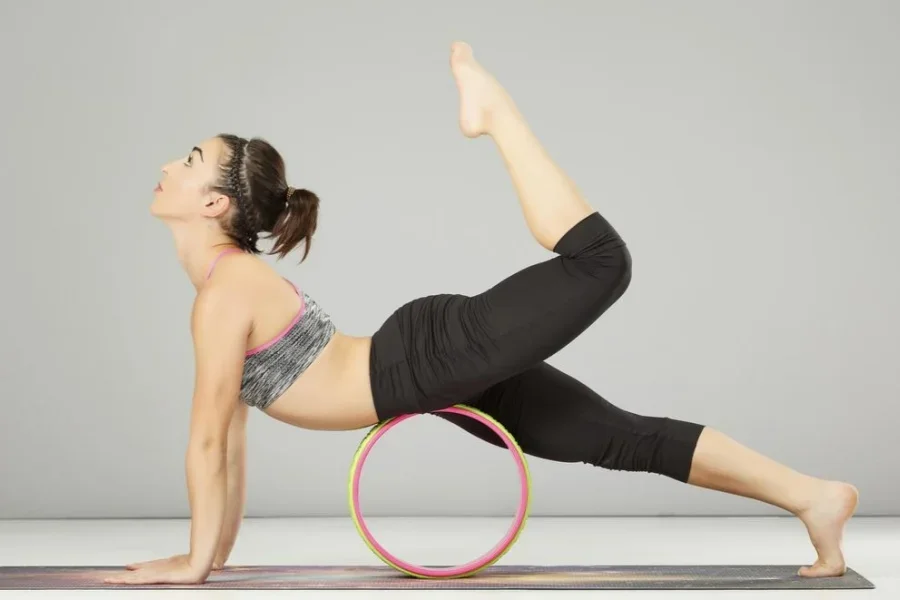
Size, Material, and Durability: Choosing the Right Fit
When selecting a yoga wheel, size is critical for both comfort and functionality. Standard wheels are versatile and suitable for most users, while mini wheels are designed for more targeted stretches and support. Therapeutic wheels, being larger, offer more comfort for extended use or rehabilitation. The material of the wheel—whether cork, EVA foam, or plastic—affects both the comfort and durability. Cork offers sustainability and natural grip, while EVA foam provides a cushioned feel. Durability is key, as the wheel needs to withstand repeated use without losing its shape, especially during high-pressure exercises.
Grip and Weight Capacity: Ensuring Comfort and Safety
A non-slip surface is essential for ensuring stability during yoga poses, especially when the wheel is used on smooth floors. A textured surface or rubber coating helps prevent slippage, providing the user with confidence during their practice. Additionally, weight capacity plays a significant role in determining the wheel’s suitability. Wheels with higher weight capacities are generally more durable and safer for users of varying body types. Ensuring the wheel can handle the necessary load will prevent wear and tear while promoting safe and effective use.
Brand Reputation and Customer Feedback: Importance of Reliability
When purchasing a yoga wheel, opting for a reputable brand ensures quality and reliability. Established brands often use superior materials and offer warranties, providing extra assurance for the buyer. Customer feedback is equally important, as it highlights real-world experiences with the product. Positive reviews can provide insight into the wheel’s performance in terms of comfort, durability, and design. Listening to past users’ experiences can help identify potential issues and guide buyers toward selecting a wheel that delivers optimal performance and value.
Top Yoga Wheel Models for 2025: Features and Comparisons
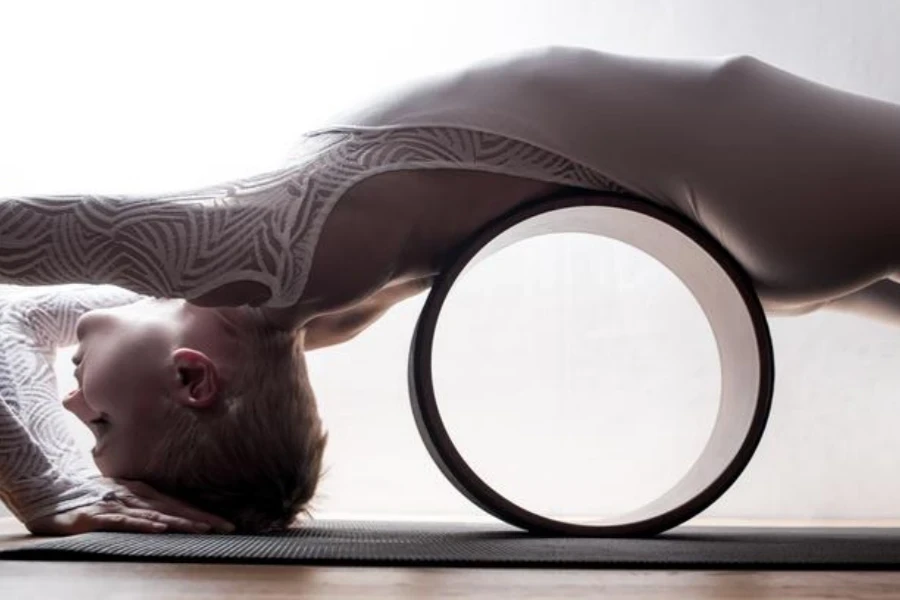
Leading models for 2025 based on performance, design, and consumer ratings
As yoga wheels continue to gain popularity in 2025, certain models are emerging as top performers, combining design, functionality, and durability. A key focus for many leading models is enhancing comfort with thicker, high-density padding, which offers improved support during stretches and spinal alignment exercises. Wheels made from eco-friendly materials like thermoplastics or high-quality EVA foam provide a balance of comfort and sustainability, making them attractive for both environmentally conscious and performance-driven users. Compact designs are also gaining favor due to their portability, allowing practitioners to easily carry them between home, studio, or outdoor locations. Additionally, multi-functional models that come with extra accessories such as resistance bands, straps, or massage rollers add value for users seeking versatile fitness tools. When selecting a yoga wheel for 2025, it’s important to look for innovative designs that meet both practical needs and personal preferences, from comfort to portability.
Comparison of top yoga wheel brands and what makes them stand out
The yoga wheel market in 2025 offers a range of options from brands that distinguish themselves through specialized features. High-end brands focus on premium materials such as eco-friendly thermoplastics or memory foam to ensure long-lasting durability and comfort. These models typically offer additional ergonomic features, like extra-wide diameters or reinforced frames, to accommodate various body types and support a range of poses. These wheels are particularly popular among advanced practitioners who require more robust options for challenging exercises. On the other hand, more budget-friendly brands focus on providing quality and reliability at an affordable price point. These models tend to use sturdy PVC or EVA foam, offering a solid foundation without the additional premium cost. By balancing quality, price, and user needs, these brands cater to a wide spectrum of users, from beginners to seasoned yogis. Choosing the right brand often comes down to individual preferences regarding durability, comfort, and price.
Expert recommendations for different levels: Beginner, intermediate, and advanced users
Selecting the right yoga wheel depends largely on the user’s skill level and specific needs. For beginners, it is best to start with a smaller, softer wheel that provides the necessary support without feeling too overwhelming. Soft padding and a lower weight capacity make these models ideal for beginners, as they help ease users into new stretches and exercises while maintaining comfort and stability. As practitioners progress to intermediate levels, they may opt for wheels with slightly larger diameters and sturdier materials that offer more versatility in supporting deeper stretches and more complex poses. These models tend to have higher weight capacities and adjustable padding to cater to more intensive practices. Advanced users require wheels that can withstand heavier loads and intense use, so larger, more durable wheels made from high-density foam or thermoplastics are recommended. Such models provide the enhanced support and flexibility required for challenging poses and advanced techniques.
Conclusion
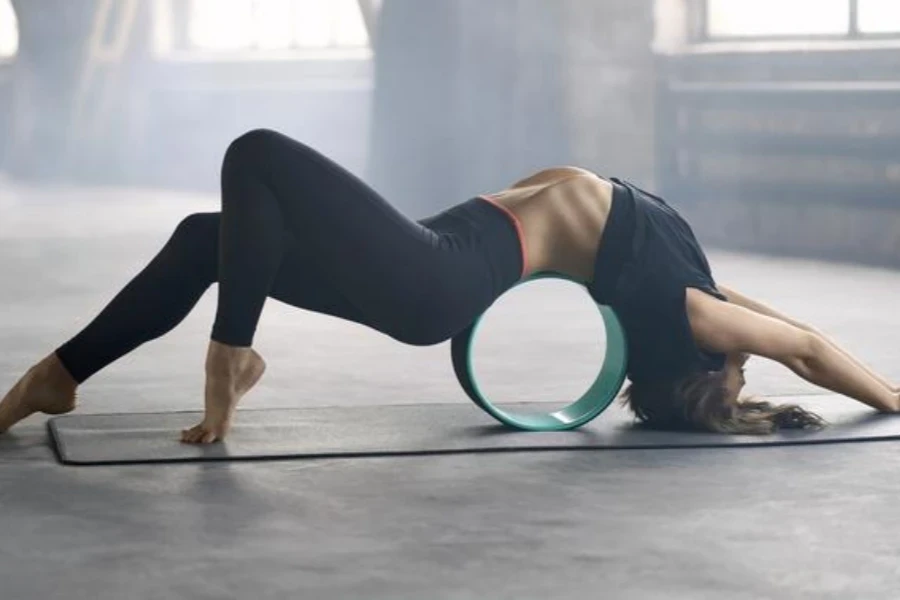
When selecting a yoga wheel, it’s crucial to balance personal preferences with the product’s quality and durability. As consumer interest continues to rise in 2025, there are a variety of options available, ranging from mini models designed for travel to larger therapeutic wheels aimed at enhancing spinal health. The key to choosing the right one lies in matching the wheel’s features with the intended use. Size, material, and durability all play pivotal roles in ensuring a comfortable and safe experience, while design and ergonomic elements enhance functionality for different user levels. Consumer feedback provides valuable insights, highlighting preferences for specific attributes such as grip texture and weight capacity. By considering these factors, companies can align their offerings with the market’s growing demand for quality and versatility. Ultimately, the right yoga wheel can support a wide range of fitness goals while contributing to better posture and flexibility.
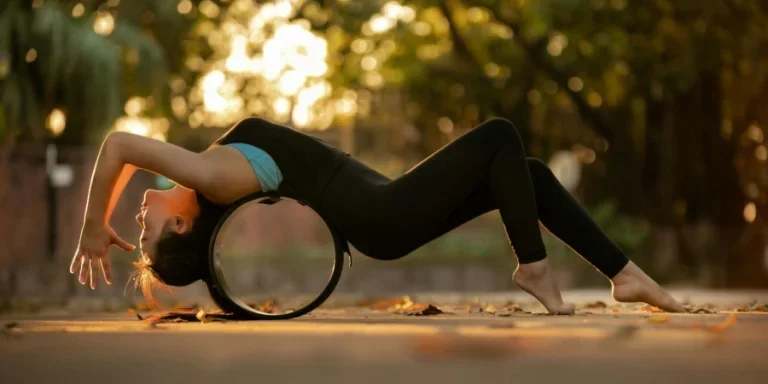




 Afrikaans
Afrikaans አማርኛ
አማርኛ العربية
العربية বাংলা
বাংলা Nederlands
Nederlands English
English Français
Français Deutsch
Deutsch हिन्दी
हिन्दी Bahasa Indonesia
Bahasa Indonesia Italiano
Italiano 日本語
日本語 한국어
한국어 Bahasa Melayu
Bahasa Melayu മലയാളം
മലയാളം پښتو
پښتو فارسی
فارسی Polski
Polski Português
Português Русский
Русский Español
Español Kiswahili
Kiswahili ไทย
ไทย Türkçe
Türkçe اردو
اردو Tiếng Việt
Tiếng Việt isiXhosa
isiXhosa Zulu
Zulu